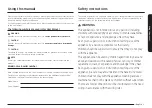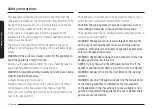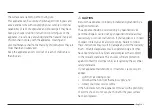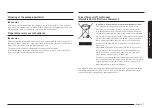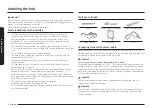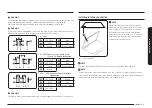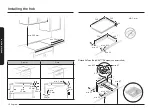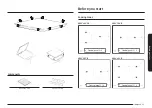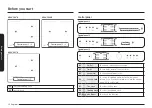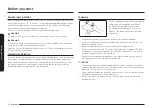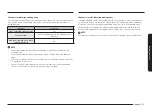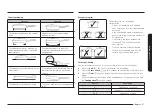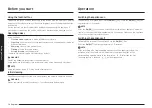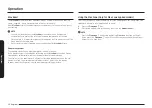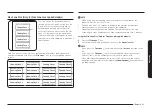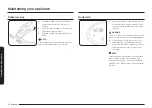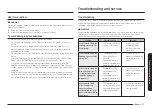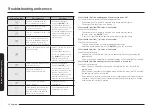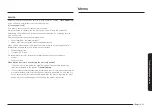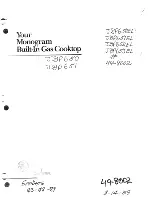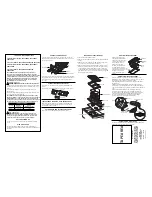
16 English
Be
for
e y
ou s
tar
t
Before you start
Suitability test
Cookware is suitable for induction cooking
if a magnet sticks to the bottom of the
cookware and the cookware is labelled as
suitable by the cookware manufacturer.
•
You can recognise good cookware by their bases. The base is supposed to be
as thick and flat as possible.
•
When buying new cookware, pay special attention to the diameter of the base.
Manufacturers often give only the diameter of the upper rim.
•
Do not use cookware which have damaged bases with rough edges or burrs.
Damaged cookware can scratch the ceramic hob permanently if you slide
them across the surface.
•
When cold, cookware bases are normally bowed slightly inwards (concave).
They must not be bent outwards (convex).
•
If you want to use a special type of cookware, for example, a pressure cooker,
a simmering pan, or a wok, please follow the manufacturer’s instructions.
Other induction cookware
Some cookware has thin magnetic material on the bottom to work with an
induction heating hob. These cookware has weak magnetism and may not work
well. (Weak magnetism means a magnet does not stick firmly or the area where
the magnet sticks is small.)
B
A
A.
Area where magnet does not
stick
B.
Area where magnet sticks
•
Even though cookware are designed
for an induction hob, the heating
performance could be weak or
sometimes the hob may not detect the
cookware depending on the size and
strength of the magnetic area on the
bottom of the cookware.
When using large cookware with a
smaller ferromagnetic element, only
the ferromagnetic element heats up.
Consequently, heat might not be uniformly
distributed.
Содержание NZ63B5046 Series
Страница 1: ...Induction Hob User manual NZ63B5046...


